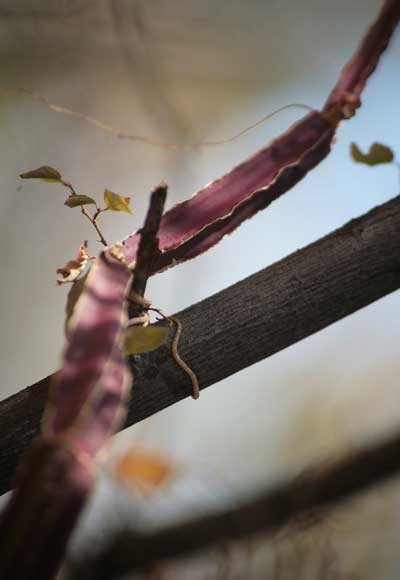|
Botanical name |
Cissus quadrangularis |
|
Other names |
Veld vine; devil's backbone; Cissus tetragona or C. succulenta; vitis quadrangularis |
|
Family |
Vitaceae, the grape family |
|
Dimensions |
Rambling succulent climber reaching several meters of four-angled, rambling stems |
|
Description of stem |
Sturdy green stems up to more 3 cm in diameter, narrowing at the end of each section, supported by tendrils, leaves (on young sections only) and flowers appear at the section joints, or nodes |
|
Description of leaves |
Short-lived broad and fleshy lobed green leaves towards the ends of some stems |
|
Description of flowers |
Small greenish or cream flowers in spring |
|
Description of seed/fruit |
|
|
Description of roots |
|
|
Variation |
|
|
Propagation and cultivation |
Grows easily from small cuttings |
|
Tolerances |
Drought tolerant; not very frost resistant |
|
Uses |
Medicinally for healing bone ailments, including osteoporosis, obesity, stomach ulcers and in cancer treatment; also used in bodybuilding |
|
Ecological rarity |
|
|
Pests and diseases |
|
|
Other |
The name, asthisamharaka (that which prevents the destruction of bones) has been given to this plant in old India for one of its medicinal uses |
|
Location |
Dry woodland areas |
|
Distribution |
Mpumalanga and Limpopo provinces, but widespread inland in Southern Africa |
|
Country |
South Africa, Southern Africa, probably widely throughout Africa, e.g. Sudan and from Arabia to India |

- Hits: 11617

